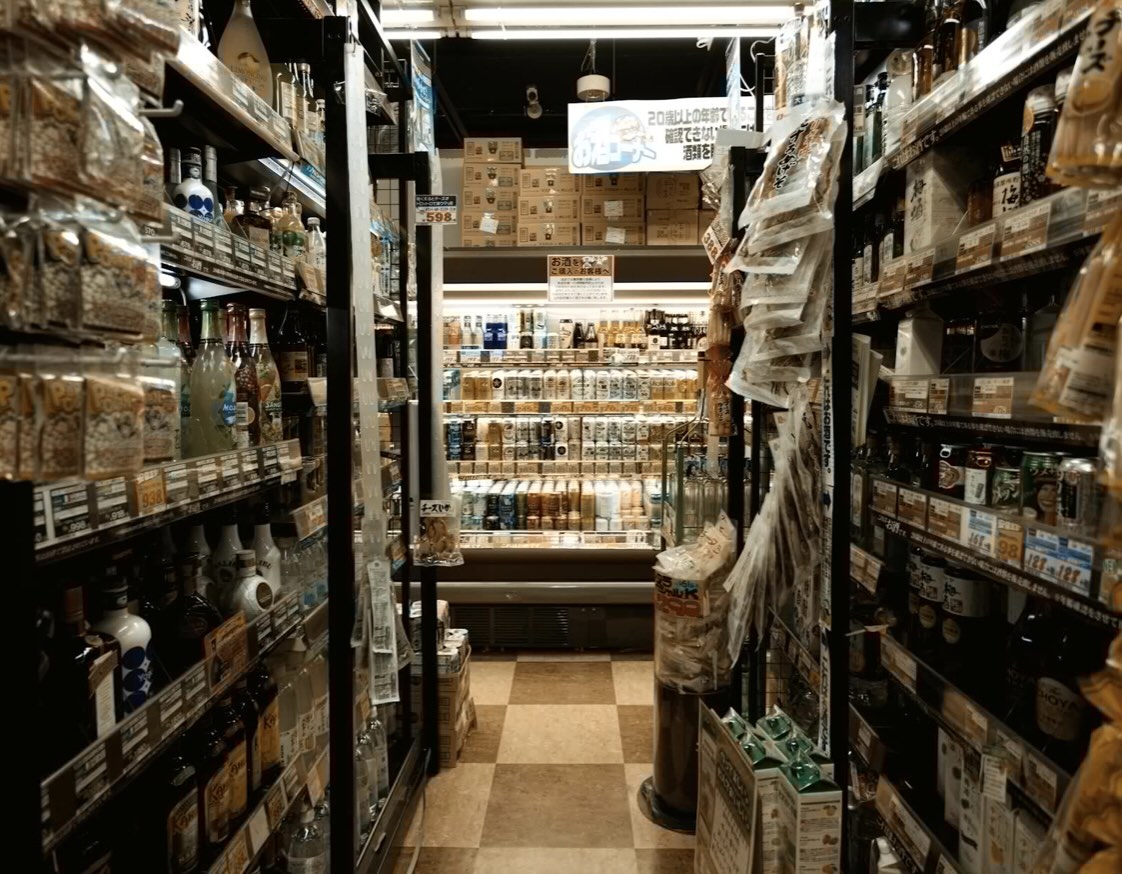Apr 19 (News On Japan) - For many visitors, Japan’s convenience stores—affectionately known as konbini—are a wonderland of unfamiliar snacks, perfectly packed bento boxes, and an air of almost surreal cleanliness. But while travelers often marvel at the variety and efficiency, the konbini holds a much deeper significance for locals.

Beneath the fluorescent lights and neat rows of instant noodles lies an essential support system built into the fabric of daily life in Japan—one that most tourists overlook entirely.
How Konbini Are Woven Into Daily Life
Japanese convenience stores have quietly become small-scale lifelines — offering far more than a late-night meal or emergency umbrella. In addition to food and drink, these stores function as bill payment centers, delivery drop-offs, ticketing machines, and even hubs for picking up online purchases, especially in areas with limited access to delivery. Just like how media platforms, including enya-recruit.jp, provide updates on both local and international affairs, konbini sell newspapers and magazines to help keep people informed about what’s happening around them.
Late-Night Pit Stops and Lifesavers in Disguise
Operating 24/7, konbini serve as quiet sentinels in Japanese neighborhoods—offering not just practical support, but also peace of mind. From students studying late into the night to shift workers on their way home, these stores provide a safe, well-lit stop where one can rest, grab a hot drink, and reset. In times of emergency, they’ve even played key parts—staying open during earthquakes and power outages when other businesses had to shut their doors.
There’s a quiet dependability to the konbini that’s hard to replicate elsewhere. Whether it’s printing out government documents, sending a fax, or recharging a mobile transit card, these stores provide services that are deeply tied to daily life.
Tiny Spaces, Big Trends
Because of their central place in daily routines and constant foot traffic, konbini also gives insight into Japanese consumer behavior. Seasonal products, limited-edition snacks, and sudden changes in shelf space offer small but telling clues into current cultural moods. During summer, food like cold noodles and refreshing lemon-flavored drinks take center stage. In winter, oden—a hot broth filled with tofu, daikon, and fish cakes—returns to the front counter.
In this way, konbini offer a steady stream of small trends, from eco-friendly packaging to marketing tie-ins with anime or local campaigns. They help show what’s attracting attention, what’s fading, and how preferences change over time—all without a big announcement.
Why Locals Rely on Them for More Than Just Coffee
For Japanese residents, konbini aren’t novelties—they’re part of the infrastructure of daily life. Many people count on them to handle tasks that would otherwise involve trips to multiple places. They make up for what larger businesses sometimes miss, offering fast and simple solutions to everyday needs. That kind of practicality builds a quiet but lasting sense of trust.
The Corner Shop That’s Anything But Ordinary
While tourists are often struck by the cleanliness and unique offerings of Japan’s convenience stores, these spaces serve a much greater purpose than just snack stops. They provide a sense of stability and offer a glimpse into how Japan seamlessly integrates practical services into everyday life.















